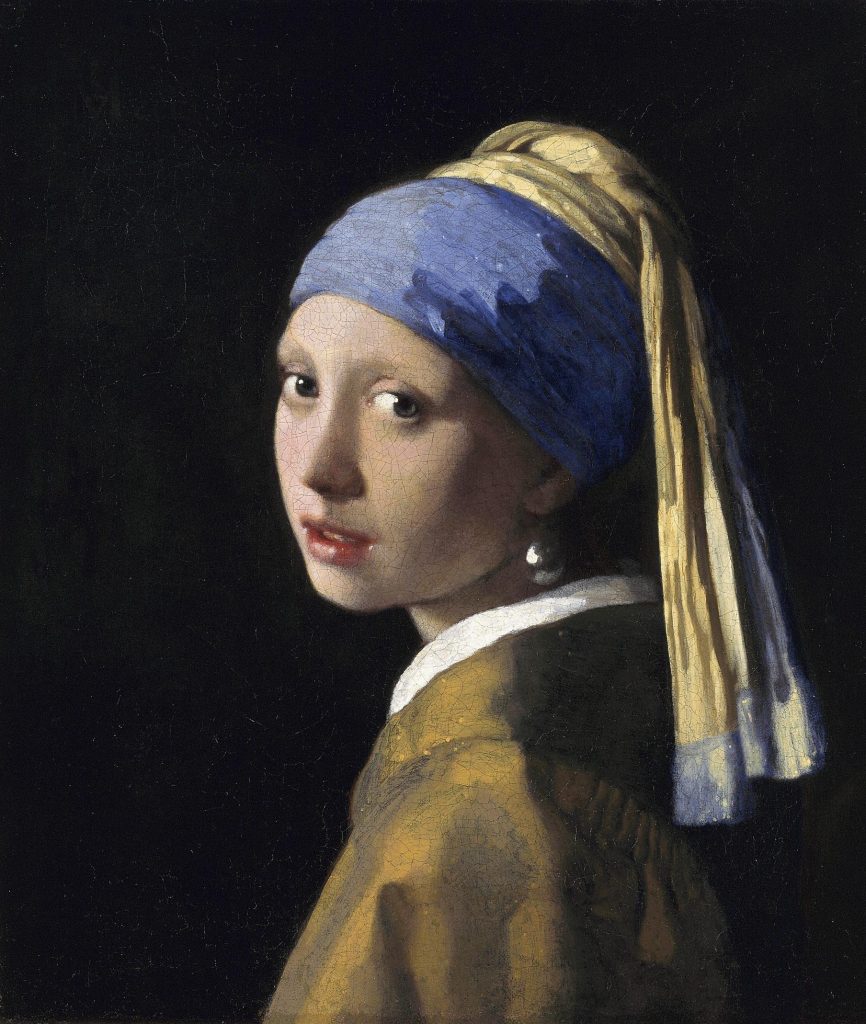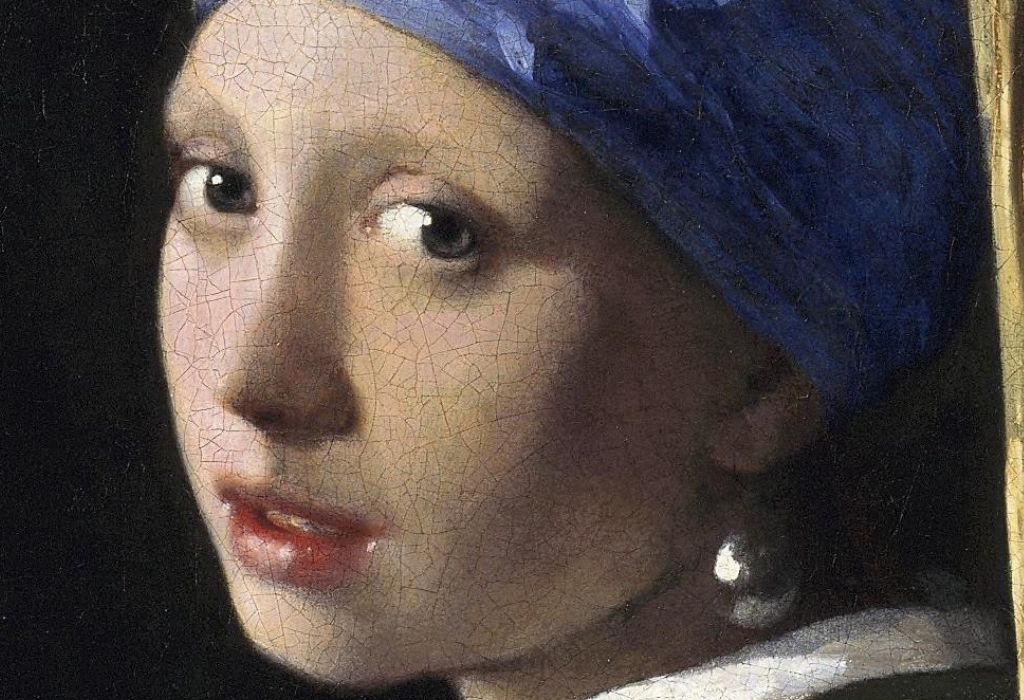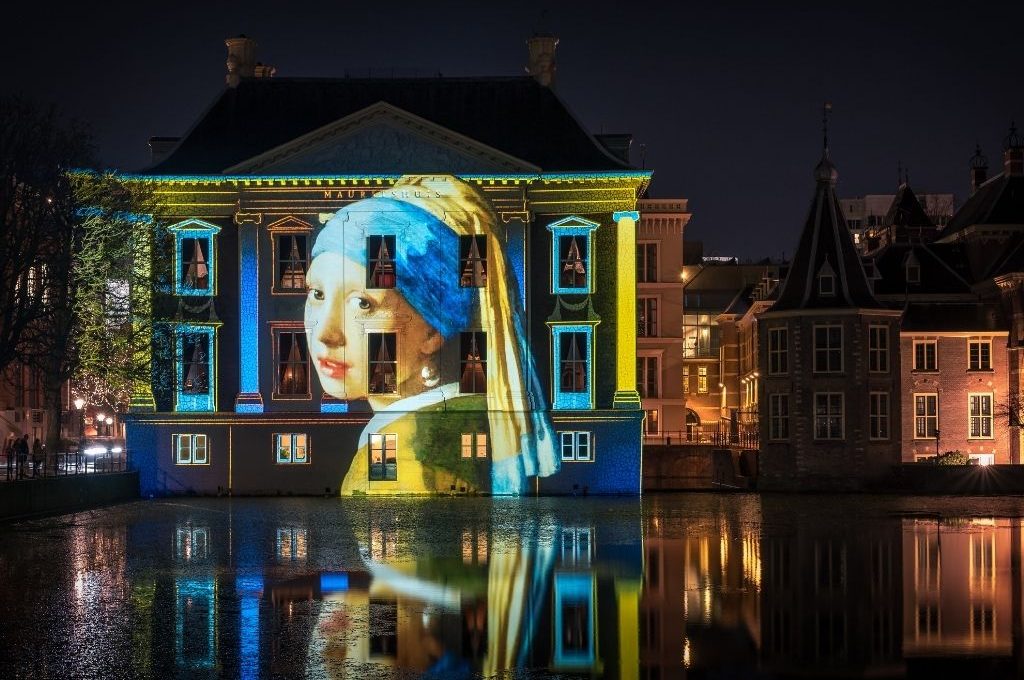The most famous face of 17th century Holland: Girl with a Pearl Earring
Girl with a Pearl Earring is a famous painting by the Dutch artist Johannes Vermeer. It is a piece of art known by the whole world and followed with curiosity every year. It is followed with curiosity every year because despite the long time that has passed, no one has reached a definite conclusion about who the Girl with a Pearl Earring actually was.
In the 17th century, portraits were made for a commission, and the depicted individuals in these portraits were famous figures. It was sometimes a king or queen, sometimes a commander or pope. However, the situation is a bit different for this painting because Vermeer’s famous painting is not a portrait that fits into these characterisations. Girl with a Pearl Earring is not a commissioned portrait made for someone’s specific request. On the contrary, it is an example of “tronie”.
🛎️ Reminder: Don’t forget to download Piri Guide mobile app to explore the works of famous artists and the museums or cities that house them! 😊
What is Tronie?
Tronie is a type of painting that emerged in the 17th century in Holland. It mainly depicts exaggerated facial expressions or costumes. The word “tronie” in Dutch means “face” or “countenance”. Tronie paintings mostly depict individuals or figures whose identities are unknown. In this sense, Johannes Vermeer’s Girl with a Pearl Earring also exemplifies this style.
Did You Know?
It was not Vermeer, but Rembrandt who popularized Tronie paintings. Throughout his artistic career, Rembrandt created many Tronie paintings. One of them was his famous work from 1661, Self-Portrait as the Apostle Paul, in which he portrayed Saint Paul.
Is Girl with a Pearl Earring a Photograph?

According to experts, Girl with a Pearl Earring has a photographic quality that captures a specific moment. So, the woman we see in the painting is not someone who poses for her portrait. The slightly open mouth of the Girl is the moment itself. It’s as if Vermeer called out to her, and just as the girl was about to respond, the artist captured her photograph. We don’t know what the response was because it has been trapped within the painting for centuries as if it’s been locked between her lips.
It is a Baroque-era painting. There are several important differences between Baroque paintings and those from the preceding Renaissance era. For example, the facial expressions in Renaissance paintings are distinguishable from those in Baroque paintings. Baroque paintings illustrate emotions, such as excitement, sadness, pain, or surprise, whereas these emotions are not as common in Renaissance paintings.
The Expression on the Face of the Girl with a Pearl Earring

So, what is the Girl with a Pearl Earring feeling exactly? Is it excitement, sadness, or pain? This uncertain expression is one of the things that makes her mysterious. Just like in Da Vinci’s Mona Lisa, we don’t know for sure what the expression on her face means. That’s why the painting is sometimes referred to as the “Northern Mona Lisa” or the “Dutch Mona Lisa.
🎨 Girl with a Pearl Earring is currently on display at the Mauritshuis Museum in the Netherlands. If you happen to visit the Netherlands and Amsterdam, you can download the digital tour guide and audio content app Piri Guide.
The Piri Guide mobile app offers you the best routes for Amsterdam, detects your location, and automatically starts telling you the story of where you are. All you have to do is put on your headphones and follow the route. We have talked about many works of art, such as the Girl with a Pearl Earring, Mona Lisa, and The Last Supper.”
Who was the Girl with a Pearl Earring?
Girl with a Pearl Earring did not have this name in her own time. Everyone referred to her as the “Girl with a Turban.” It wasn’t until the 20th century that she acquired her current name.
If you look closely at the painting, you’ll notice that Vermeer precisely chose not to show the girl’s hair. In fact, he designed the headscarf so perfectly that the first thing we notice and focus on for a long time is the young girl’s face.
The turban or headscarf fashion was not a cultural element specific to the Netherlands. However, it was among the trends of the time. It came to the Netherlands through traders and slaves from the East. We can compare this cultural transfer to the present Orientalism. If you look at other paintings, you’ll see similar headscarves and depictions of figures with covered hair.
It is possible that the Girl with a Pearl Earring was someone Vermeer imagined in his own mind. Yet, there are also those who say that she was a maid in the artist’s house. The most popular theory is that Vermeer reflected his ideal female figure in his mind by painting her.
Also, you can check out our London Travel Guide if you have plans to visit there!




